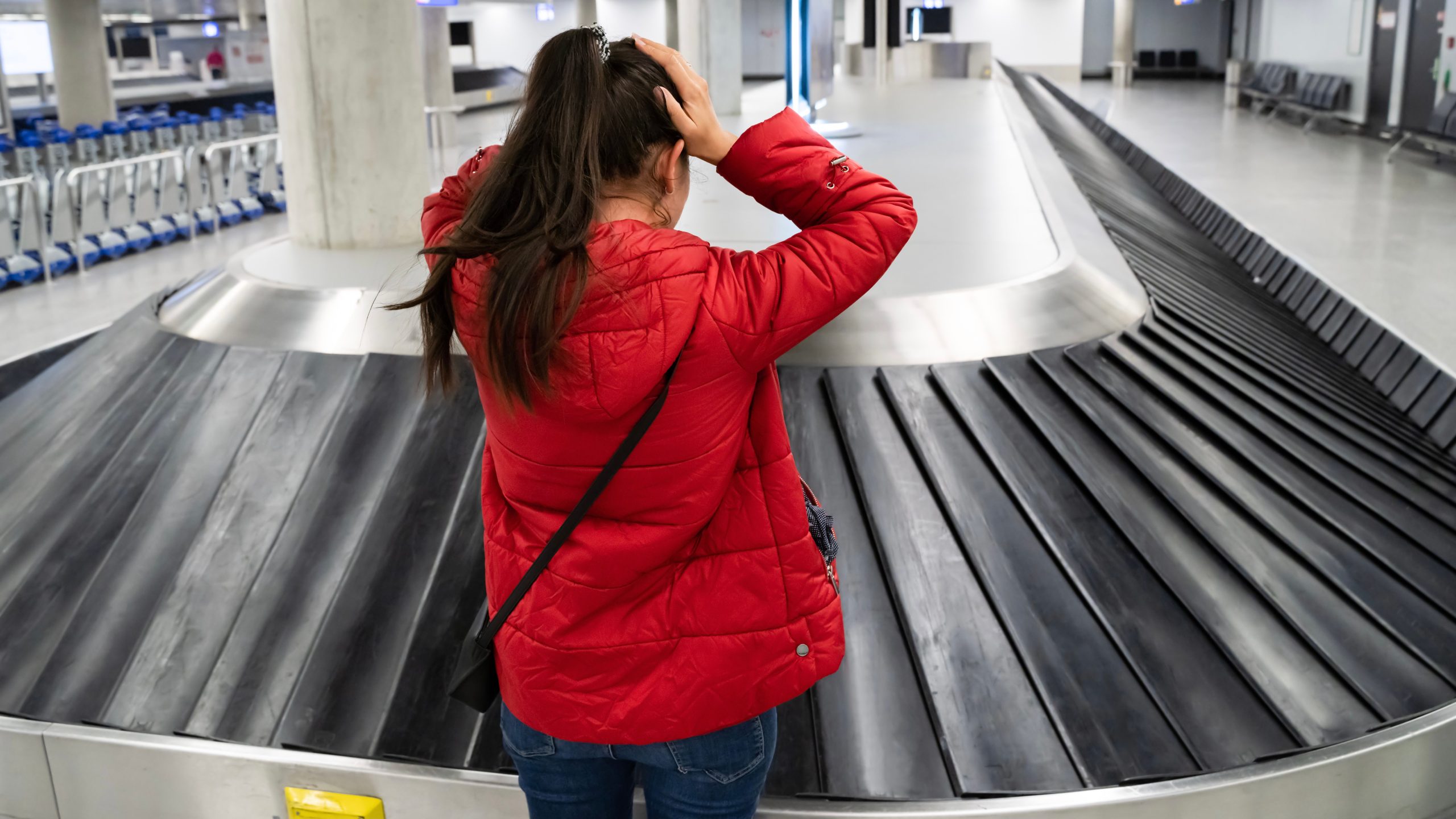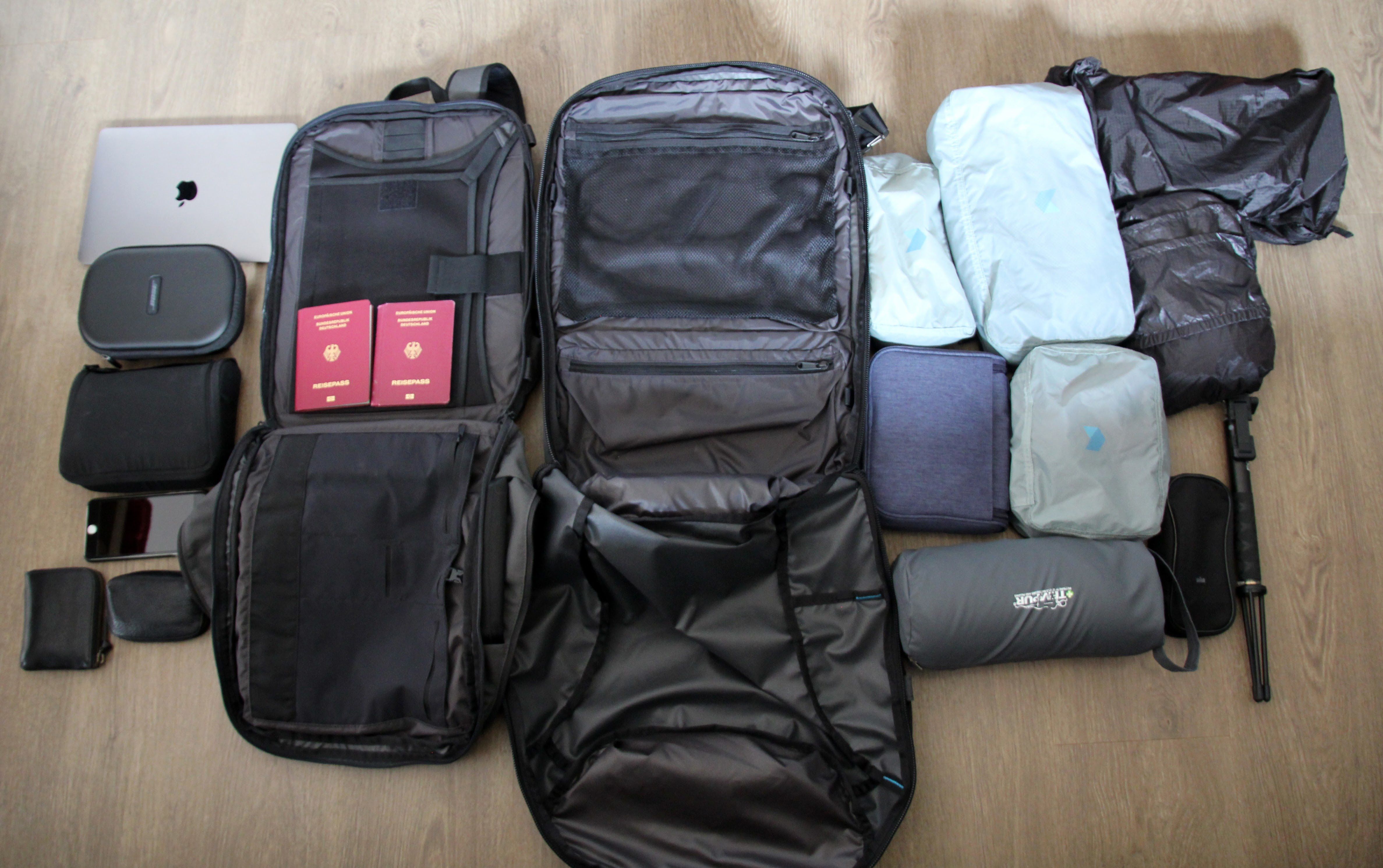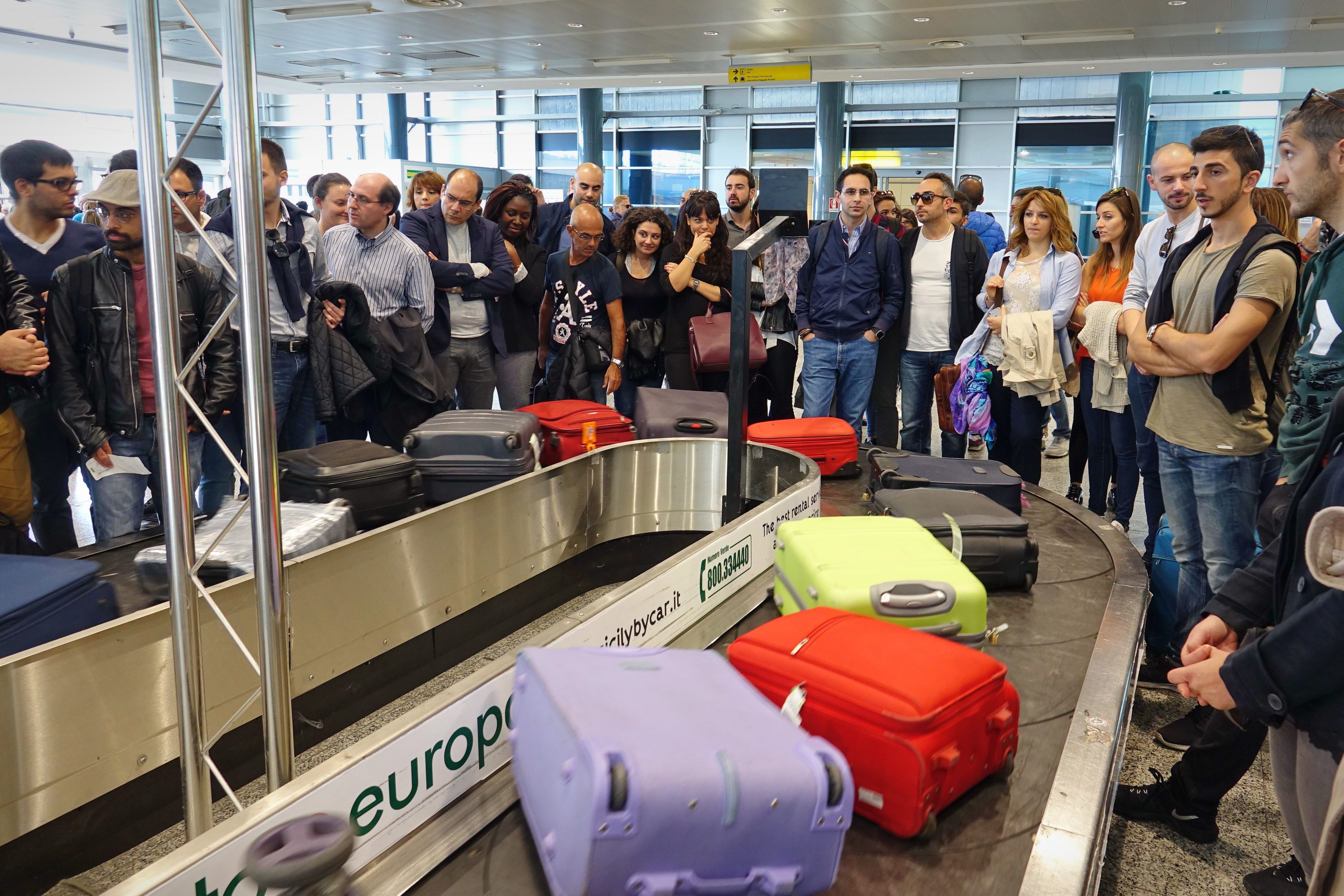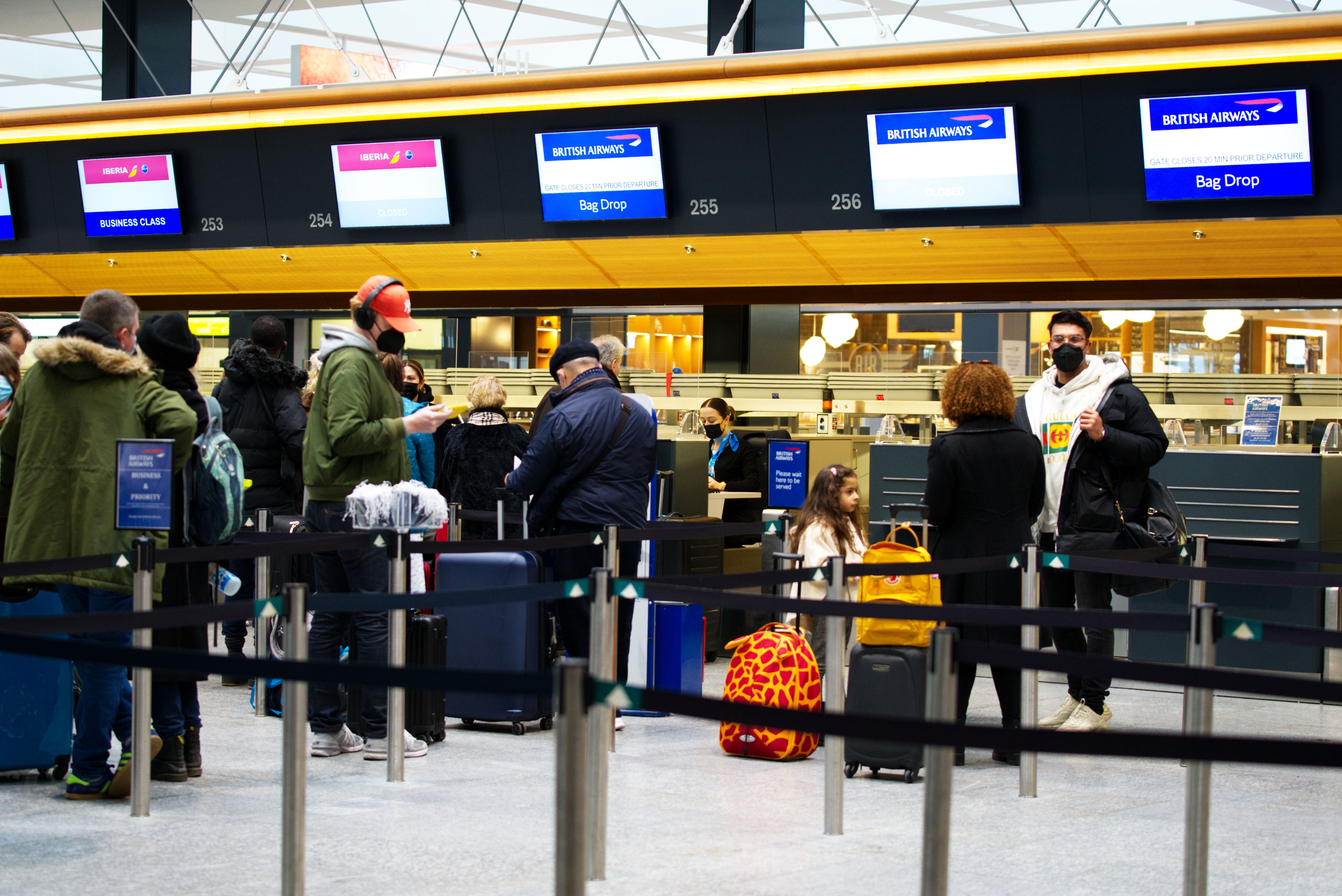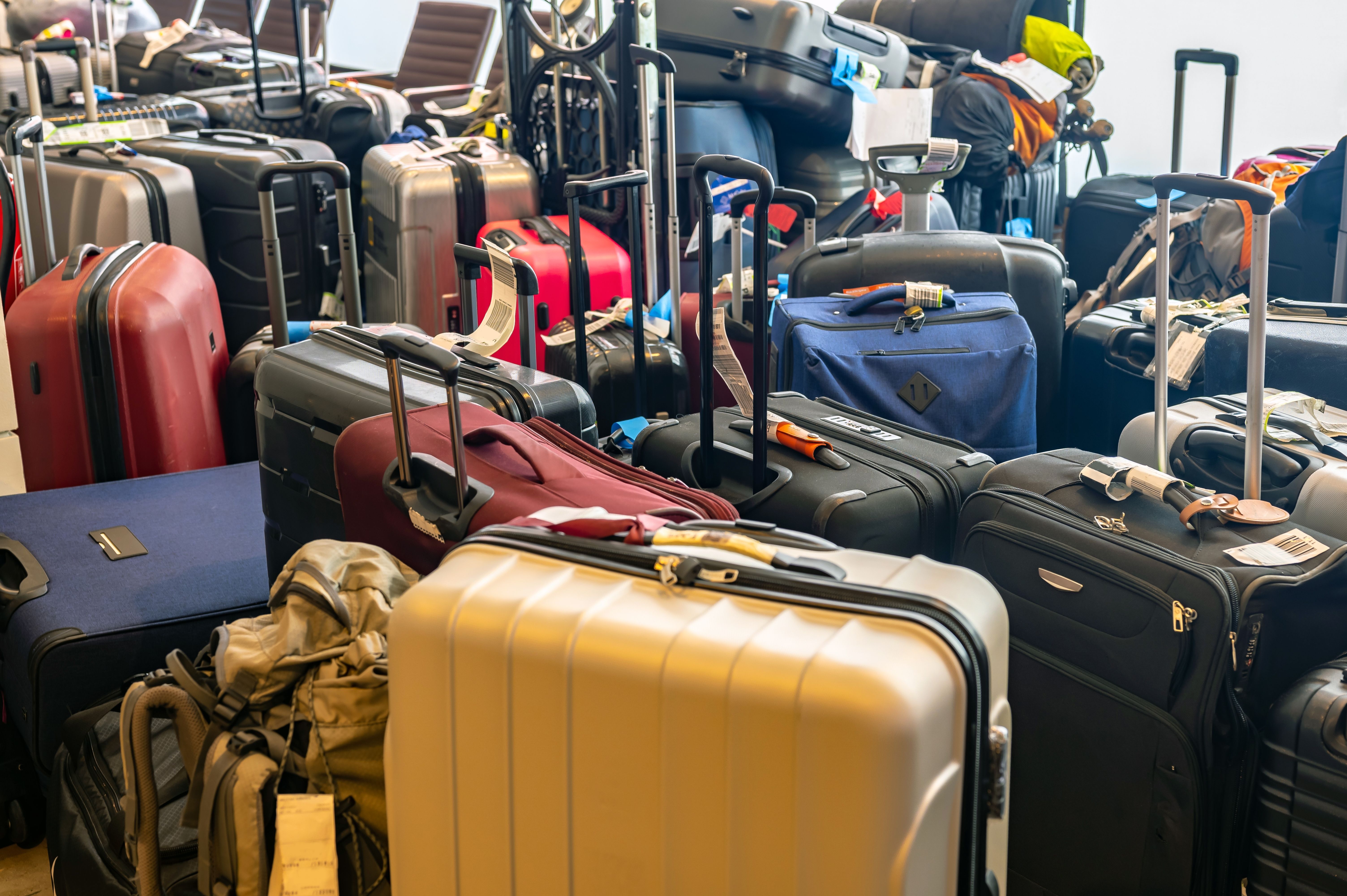As soon as the check-in agents attach the printed tag to a checked bag, its long journey starts through a series of conveyor belts, holding areas, ramps, and ground vehicles before being loaded onto the airplane. The same is true during transit and upon arrival at the final destination. While more than 99% of the checked bags make it to their destinations, the small percentage of missing bags still account for hundreds of thousands of bags each month in the United States alone.
Checked bags pass through many hands and complex systems, and one wrong move from the baggage handler or a system glitch can send the bag missing for days or weeks. Checked bags pass through narrow belts and sensitive systems that may misdirect a bag due to system errors. Notably, baggage movements on conveyors are precisely timed, and unusual occurrences may lead to a problem.
By selecting the right type of bag and packing it efficiently, passengers can minimize the risk of such occurrences in baggage systems. The airlines or their outsourced partners are not the only ones to blame for missing bags; passengers also misidentify the luggage on the carousel upon arrival, only to be put on hold by the airline personnel. Simple Flying put together a list of five tips to reduce the chances of missing checked bags.
1 Know your bag inside out
Most checked bags are similar in size and shade. Knowing your own bag well goes a long way in properly identifying it at the airport or writing a detailed description of the bag and its content if it goes missing. The Transport Security Authority (TSA) advises passengers to pack their own bags and know the bag’s contents. While this is repeatedly heard for carry-on bags, the same is true for checked bags.
Passengers must pack their own bags and have a general idea of the contents. Putting a unique identifier on the outside of the bag, such as a name tag or a more permanent signature, can help correctly identify the bag at the carousel. At large airports where arrival carousels get frequently switched for incoming flights, there is very little room for error. While unclaimed bags are likely to be found, the chances of them going missing are significantly increased.
Airport personnel may offload all the unclaimed bags from a previous flight into a holding area, which, depending on the arriving traffic, gets filled up very quickly. It is best to take a photo of the bag’s contents when filled and the exterior prior to travel. It can serve as a good reference when identifying the bag or providing details of the contents of the bag. Avoid packing any valuables in checked luggage.
2 Can you identify your bags easily?
While it is always a good idea to have a unique marking on the bag for efficient and more accurate identification of your bags, passengers must avoid decorative tags and strings that can get caught in the system. Checked luggage usually passes through very narrow conveyor belts, and loose tags, strings, and decorative pieces may get caught in the system.
It is also common for passengers to check in cardboard boxes as a replacement for proper luggage bags. While those might be cheaper, convenient, and disposable, they are likely to get caught up in the system. Similarly, bags that have unusual shapes and sizes may also get caught up and often automatically put on the side for specialized processing.
Photo: MikeDotta | Shutterstock
A system error or a tight connection can lead to that bag not showing up upon arrival. Airlines such as Air Canada and WestJet also recommend passengers to avoid overstuffing their bags. One may get lucky checking in a few extra pounds of luggage without a penalty, but heavier-than-normal bags are more likely to get stuck and misdirected.
3 Double-check your information on the tag
It is a common occurrence for frequent travelers to have the ticket tag from a previous flight still taped on the bag handle. Airport check-in agents are trained to ask passengers to remove the tag if they detect one. However, it can certainly be overlooked by the agents, particularly when the old tag is on the side of the bag.
Passengers must remember to remove all old tags from the bag, thereby avoiding any confusion or incorrect scanning of the tag during handling. It is also a good idea to check the airport codes on the new tag printed by the check-in agent. While all tags are computer-generated and almost always accurate, it is better to verify the airport code for the final destination.
Photo: Tada Images | Shutterstock
More and more airlines are offering individual kiosks at airports where passengers can print their luggage tags, attach them to their bags, and drop them off at the appropriate location upon check-in. Luggage tags must be placed on the top handle with the barcode clearly visible. It is a good idea to ask for help if you are unsure. It’s better to verify everything beforehand than to face trouble later.
4 Check-in at the airport early
Passengers with luggage should consider checking in at the airport early. Airline agents are less busy and more lenient if you have packed a few extra pounds. The agents have time to check your bag and advise if any loose ends (tags or strings) must be removed. The chances of making mistakes on the tags are significantly low compared to when the agents rush through the last few passengers before closing time. The bags will have enough time to be processed and reach the hold area prior to the flight.
Photo: Michael Derrer Fuchs / Shutterstock
Some airlines offer advance check-in of bags (six to eight hours before flight). While this may sound like a convenience and lesser hassle near the flight time, the likelihood of those bags being left behind is high. This is because those bags go to a long-term holding area, and passengers run a risk of the bags getting left at the airport.
5 Know your rights
If you discover that the bag has not arrived at the destination, report the missing bag to the airline personnel at the airport. The same goes for damaged bags. Airlines will try their best to locate your lost bag, which may have been left at the transit airport. The airline must also provide you with the estimated time of when your bag will arrive.
In most cases, it is on the very next flight, though this can mean the following day. It is essential to know the contents of the bag and the approximate value of the items. Passengers can also require compensation for each day the bag is delayed, which should cover the cost of essential clothes or other items to be purchased.
Photo: Ralf Geithe | Shutterstock
Passengers must also follow up with the airline or the bag agent until the bag is delivered to the place of residence. Check the condition of the bag and the contents thoroughly and file a complaint if the bag is damaged or has missing items.
What are your thoughts on these five tips to minimize the risk of missing checked bags? Have you ever lost your luggage? Share your experience in the comments section.
Source: Business Insider

